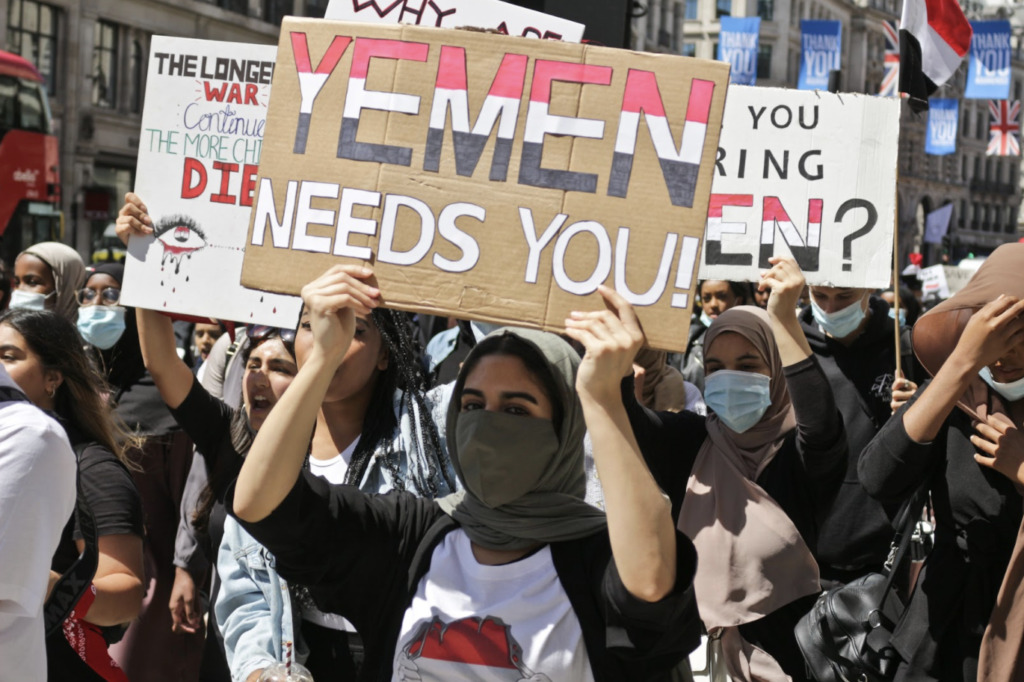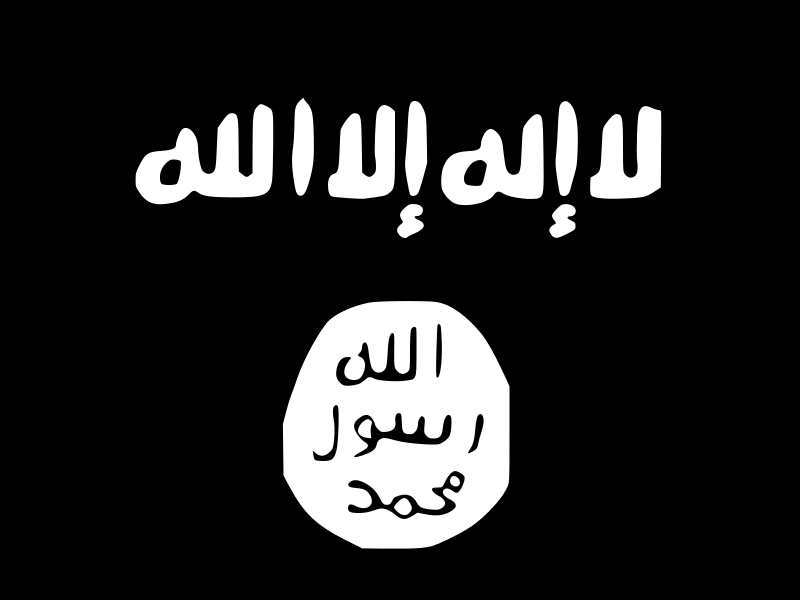The disparate and ongoing situation in Yemen has been called the largest humanitarian crisis in modern history. More than 24 million Yemeni people — approximately 80% of the population — are in need of some form of aid. Yemen has been embroiled in conflict since the uprising of the rebel Houthi group in the early 1980’s, and this turmoil came to a climax in 2015, when the rebel group captured the capital city Sana’a and catapulted the country into a disastrous civil war. As a direct result, 100,000 Yemenis have been killed and 250,000 have been displaced over the last five years.
This conflict has infiltrated and disrupted the lives of civilians, not only through violence but also through crippling the healthcare system and debilitating basic safety and sanitation infrastructure. The lack of safe water, impacting over 9.6 million children, has contributed to the worst cholera outbreak in modern times. This civil war has caused 66% of the population to require food assistance and millions of Yemenis to be impacted by preventable diseases and malnutrition.
To worsen matters, many Yemenis lack access to healthcare, with 50% of health facilities currently nonfunctional and 18% of districts lacking physicians. The intensification of these issues over the past 5 years due to the civil war has created international concern about the health and future of Yemeni civilians.
On April 10, Yemen officially reported its first case of coronavirus, inciting fear and panic within the country and further upsetting the precarious state of affairs. As of July 23, Johns Hopkins University has reported 1,654 cases of coronavirus and 461 deaths within the conflict-ridden country. With a mortality rate of approximately 28%, this data suggests that Yemenis are dying of coronavirus at a rate five times more than the global average. Many experts hypothesize that this unnaturally high mortality rate could be artificial and due to woefully inadequate testing in the country.
Several countries face insufficient testing capabilities due to a lack of equipment and resources, but public health concerns surrounding the pandemic are amplified in Yemen due to a complicated political and security climate and the devastation of the healthcare system.
Both the government and the Houthi rebels have been suspected of a lack of transparency in reporting positive cases. In the northern region, where the rebel group currently occupies Yemen territories, the Houthi groups were accused of not reporting coronavirus cases by the Yemen government, with the Minister of Local Administration stating that there were on-the-ground records of large levels of coronavirus in Houthi-controlled regions of the country. Despite its accusations against the Houthi group, the Yemeni government is also rumored to be withholding case information, according to Reuters.
Although official data is already surmised to be inaccurate, inadequate resources, inaccessibility to treatment and misinformation could still be contributing to actual higher mortality rates than the global average. Currently, the majority of hospitals and clinics in the country lack the necessary personal protective equipment needed to treat coronavirus without infecting health workers or other patients in the hospital.
Moreover, the concern of health workers about their own safety has led many to quit and remain at home, further exacerbating the extreme lack of personnel in clinics. This fear may not be unfounded, as an unconfirmed report from the independent Yemen news organization Al-Masdar News stated that several medics have died from coronavirus due to their exposure while working. Famous Yemeni infectious disease specialist Dr. Yassin Abdul-Warith also died from coronavirus in June after spending weeks training rapid response teams and visiting isolation centers.
The fear of infection is not only prevalent with health workers but also with civilians, many of whom regard hospitals and clinics as a source of infection rather than treatment. Consequently, many Yemenis refuse to reach out to hospitals in the area until their symptoms have worsened. Many doctors working in the Sheikh Zayed hospital in Sana’a have said that they are worried about the number of individuals refusing to seek treatment and what this could mean for the spread of the disease. This hospital is supported by the international organization Médecins Sans Frontières (MSF), who have ensured that the workers are wearing personal protective equipment and following safety protocols. Despite this, only 10 out of the 20 hospital beds for coronavirus are filled with patients at one time, suggesting that many people are hesitant to seek treatment regardless of safety measures.
Although this could be due to the rapid spread of misinformation, many also point to the fear of being stigmatized within their communities as a cause. The panic surrounding coronavirus has been heightened due to confusion, gossip, and a scarcity of clear information from the government. In an interview with ABC, Bismarck Swangin, the United Nations Children’s Fund (UNICEF) Chief of Communication and Advocacy, stated that there were reports of unidentified burials occurring in Yemen that many citizens were aware of and frightened by.
The coronavirus pandemic is also increasing the impact of infectious diseases and malnourishment that had previously been partially stemmed as a result of humanitarian aid in recent years. Due to the urgency of the pandemic, many maternal and child clinics have been converted into coronavirus-specific centers, reducing the availability of medical care for other conditions. Resultantly, UNICEF states that 6,600 children could die over the next several months due to preventable disease and malnutrition. Fourteen million citizens are at risk of famine, and it is estimated that approximately 2.4 million children under the age of 5 could become severely malnourished by the end of the year.
To make matters more difficult, humanitarian aid to Yemen diminished in 2020. Humanitarian aid in 2019, totaling 2.6 billion in 2019, was partially responsible for curing the highest number of malnourished people in recent history and reducing the burden of cholera. However, as of July 2020, donors have only pledged $1.35 billion of the $3.2 billion needed to cover essential activities and fund the coronavirus response. The United Nations Population Fund (UNFPA) has also only received 52% of its funding in the same time, leading the organization to stop 80% of its reproductive health programming. The UNFPA Rapid Response Mechanism program, in charge of distributing emergency supplies and minimal assistance packages, will be terminated by August without an increase in funding. While UNICEF runs 2,500 health centers in Yemen, it could only obtain 40% of its requesting funding and less than 10% of the funds needed to handle the impact of coronavirus on children.
The humanitarian catastrophe in Yemen has been ongoing for decades, endangering civilians and leaving them without access to basic human rights. In light of the coronavirus pandemic, it is vital that the world pays renewed attention to the crisis in Yemen. While there is an increased uptick in media coverage concerning Yemen in the wake of political activism following the #BlackLivesMatter movement, this response has not been paralleled by the international community.






